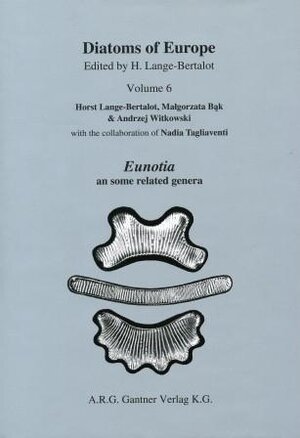
×
![Buchcover ISBN 9783906166889]()
Diatoms of Europe. Diatoms of the European Inland Waters and Comparable Habitats Elsewhere / Eunotia and some related genera.
von Horst Lange-Bertalot, M Bak, Andrzej Witkowski und Nadia Tagliaventi, herausgegeben von Horst Lange-BertalotThis is volume 6 of the book series Diatoms of Europe.- Description and illustrations of 192 taxa. 419 taxa of the family Eunotiaceae including synonyms are mentioned or discussed in detail. Eunotia belongs to the most prominent and species - richest diatom genera and is rather homogenous compared to other large genera. Restriction to freshwater of almost exclusively oligosaprobic habitats is a unique ecological feature of this genus which probably ranks 3rd at present after Nitzschia and Pinnularia in continental waters. Eunotia species play an important role as bio - indicators for water monitoring. The samples have been collected by far most of the countries of Europe including the European part of Russia and several archipelagos like Greenland, other Arctic and Macaronesian Islands. The current research revealed for Europe 105 established and 54 new Eunotia taxa including four that are just recently published separately. Moreover eight taxa new to science originate from other subcontinents of the Holarctic Realm. In particular the Holarctic part of North America is compared to Europe. Apparently more than 80% of the European Eunotia taxa are living likewise in North America. In contrast to this geographic conformity the Paleo- and Neotropics host almost completely different taxa of the Eunotiacae - and much more than the Holarctic. Two local hotspots of high Eunotia species diversity, one in Finnish Lapland, the other one in Nova Scotia, Canada, host 70 and 73 taxa respectively. This surprising result shows that local Eunotia species diversity can be considerably higher than regional diversity of many European countries. Detailed determination keys that correspond to the illustrations will help to identify at least European and corresponding American taxa successfully.


